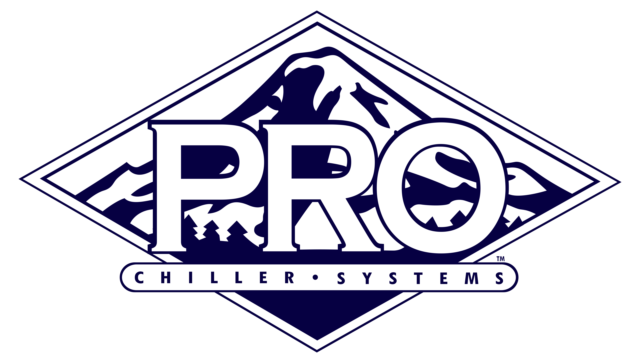Most successful dairy business models utilize an experienced team of advisers, and you may already have an advisory team in place. However, if one or more of your advisers do not have experience with robotic milking systems, you will need to add someone qualified in that area. From helping design the system to educating and training you and your employees, they will help fully capture the benefits of these systems.
Through my business and the service I provide to my dairy farm clients, I have spent countless hours gaining knowledge about and experience with many makes and models of individual box automated milking systems (IBAMS).
I have worked with more than 30 robotic facilities, many where I have had significant input on facility design and training animals and, more importantly, training owners and employees in system use. Cows train easy; it’s the people who train hard.
The change in the operations from a tiestall barn with pipeline milking or parlor milking to a robotic system can be profitable and rewarding. However, you must be willing to change your thought process and many of your current operating procedures. The way you currently do things will be challenged, challenged to the degree you may need to discard many of the lessons you previously learned about how to move, milk, feed and care for animals. The dairy manager open to change will find success. The experienced adviser will guide managers and employees through these changes.
What you need to know about the process of milking cows will be very different than what you were accustomed to before the IBAMS. If you try to operate the robotic milking system like your previous milking system and have “parlor mentality,” you will find it very difficult to capture the efficiencies and overall benefits automated systems offer.
The actual process of milking the cow is the one area where you need only to be sure the robot is functioning correctly. It will properly stimulate milk letdown and milk flow, apply the machine and remove the machine when the cow has been properly milked out. Knowing how to train the cow to move to and use the machine, understanding the controlling software and reading cow and production reports is where the adviser’s knowledge is critical.
Your advisers will need to be trained and know the software that runs your IBAMS. Each manufacturer has developed its own software, which controls the physical operation of the machine, records data and produces records and reports.
Unfortunately, there are no common standards between these systems, unlike the herd management software commonly used by most dairy producers. Benchmarking between manufacturer systems is very difficult. Each manufacturer uses different calculations and names for the key performance indicators (KPIs), and comparing KPIs between manufacturers has little current value.
Sound advice can only come from the adviser who knows how to collect, view and evaluate the information. Many manufacturers offer certification courses for consultants and nutritionists. Due to constant technology changes and advances, it is important for your adviser to invest the time necessary to learn and stay current with the system and IBAM model you are using.
It is not your job as a dairy producer to provide on-the-job training for your adviser. You must also be willing to replace advisers who lack the necessary knowledge and experience with IBAMS. Through my business, I have the opportunity to troubleshoot operations struggling to make their systems work. In many cases, those struggles are due to recommendations made by advisers with little or no experience with IBAMS. Many of my clients now understand how important it is to set up a team of experienced advisers.
IBAMS have been in use since the 1990s, and there are now advisers who have a lot of experience in designing, starting up, training cows and operating robotic systems. Checking references and doing your homework will result in less stress on you and your business.
If you are considering or transitioning to IBAMS, you will do yourself a disservice if you do not add an experienced robotic system adviser, even if it means you must terminate someone without the necessary knowledge, experience, willingness and ability to provide the sound advice you need for success. Today’s business cannot afford the cost of training an adviser.
Your team should include a nutritionist, veterinarian, hoof trimmer and IBAMS dealer who have experience in operations similar to the size and scope of your operation. Some of these positions can be held by the same person, but do your homework and check references.
Your first question when interviewing potential advisers should be, “What experience with IBAMS do you have?” Your key advisers should be able to guide and advise you on barn design, dairy nutrition, animal behavior and the use of system software to produce production and management reports.
The IBAMS is just a machine that milks your cows; it is optimizing all of the subsystems around that machine that makes an operation successful. Location and spacing of the IBAMS are part of barn design. A diet properly balanced for the robotic system will encourage the cow to use the robot.
Understanding cow social orders and patterns of behavior are essential for success. Locking up large numbers of animals for a vet check or penning off a group of animals for the hoof trimmer – as you did in your conventional parlor system – will affect the natural flow of animal traffic in an IBAMS operation and will leave you stressed with fetching a high percentage of the herd. Your adviser must also know how to collect and evaluate the information the system’s software can provide and have the animal knowledge to make effective use of the reports.
As you work through the challenges of designing a robotic system for your farm, make sure you take tours of different facilities. Take these tours with your experienced advisory team and work with dealers who not only have the experience with the size and scope of your operation but also back it up after the sale with impeccable service. ![]()

-
Todd R. Ward
- Direct Dairy Nutrition Services LLC
- Cows Come First LLC
- Email Todd R. Ward







